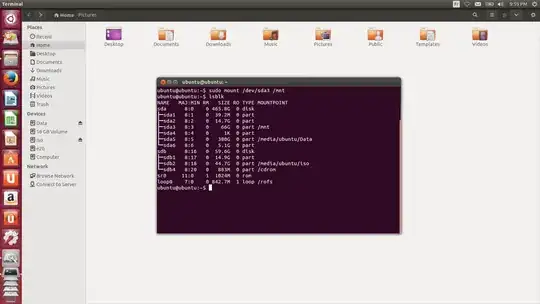Another important difference not mentioned yet is that devices mounted under /mnt will not appear in Nautilus' left pane, whilst those mounted under /media (as well as auto-detected devices that are not mounted yet) will.
So for example, if you don't want a certain partition to appear in the "Devices" subsection of Nautilus' left pane, you should create a subdirectory for it under /mnt, write an entry for said partition in your /etc/fstab (or do it through the Disks utility) and assign the newly created directory as its mount point:
/dev/{block_device_name) /mnt/{descriptive_name} {fs_type} {mount,options} 0 2
Even better, add the noauto mount option in fstab/Disks and then your partition won't appear in Nautilus nor will it be mounted (preventing accidental mess with its files)! So for example, in the case of a dual-boot with Windows you could have:
/dev/sda1 /mnt/win7 ntfs-3g rw,user,noauto,gid=100,uid=1000,nls=utf8,umask=002 0 0
in your /etc/fstab, and hence have your Windows partition not showing up in Nautilus (but still accessible through the mount command if you ever need it).
Here is a screenshot I made with a liveUSB, showing all three cases:

- auto-detected devices not mounted ("16 GB Volume"
/dev/sdb1)
- devices mounted on a
/media subdirectory and showing up in Nautilus ("iso" /dev/sdb2)
- my Windows partition
/dev/sda3 mounted on /mnt but not showing up in Nautilus left pane (it would be the same if it wasn't mounted since I have an entry for it in my fstab).
On the contrary, I want my shared data partition to show up in nautilus, so I assigned a /media mount point to it and set the auto mount option, so I can just click on Data and access it from the GUI.
To me this is THE big difference between those two directories, that I learned about when trying to do just what I explained ;-)
